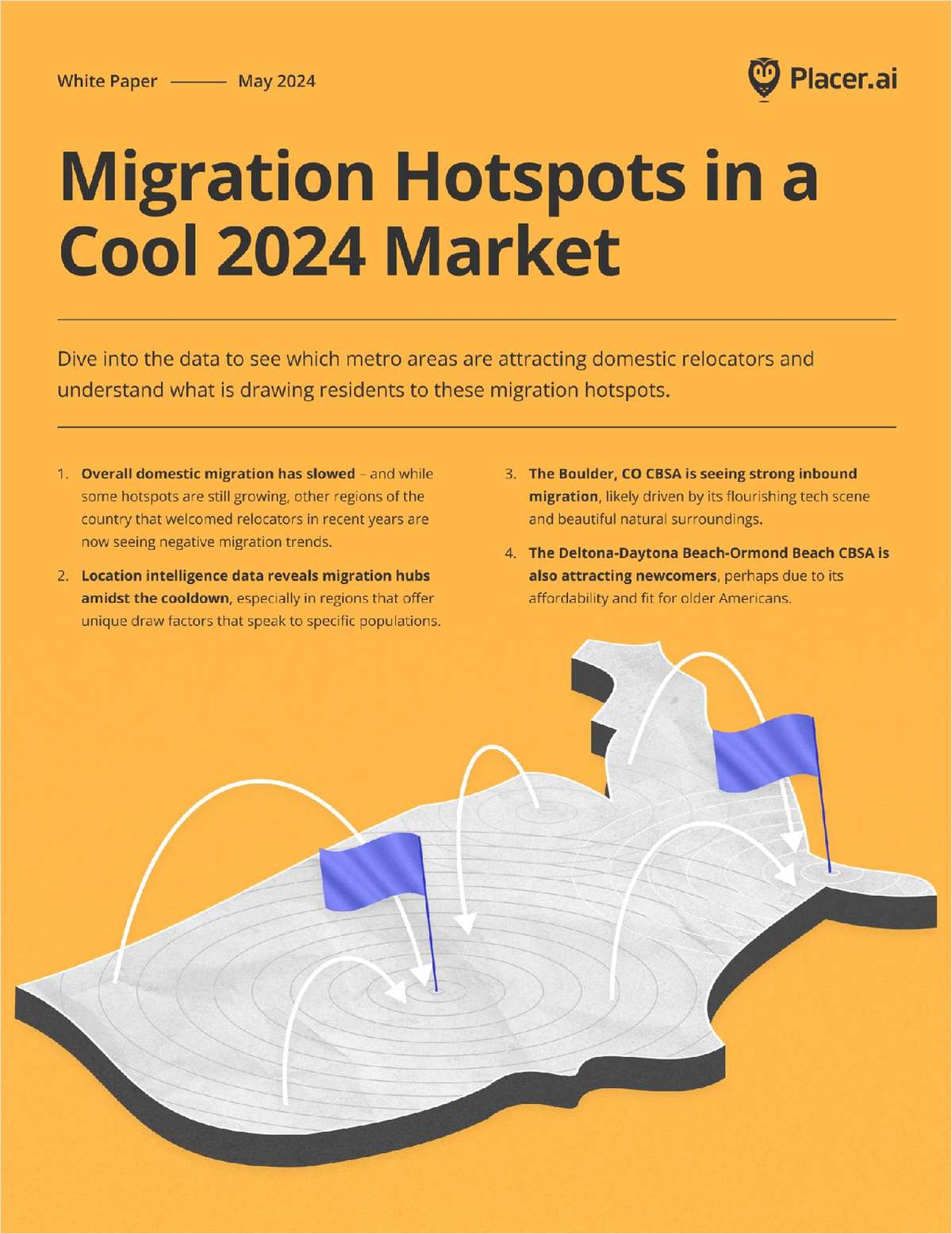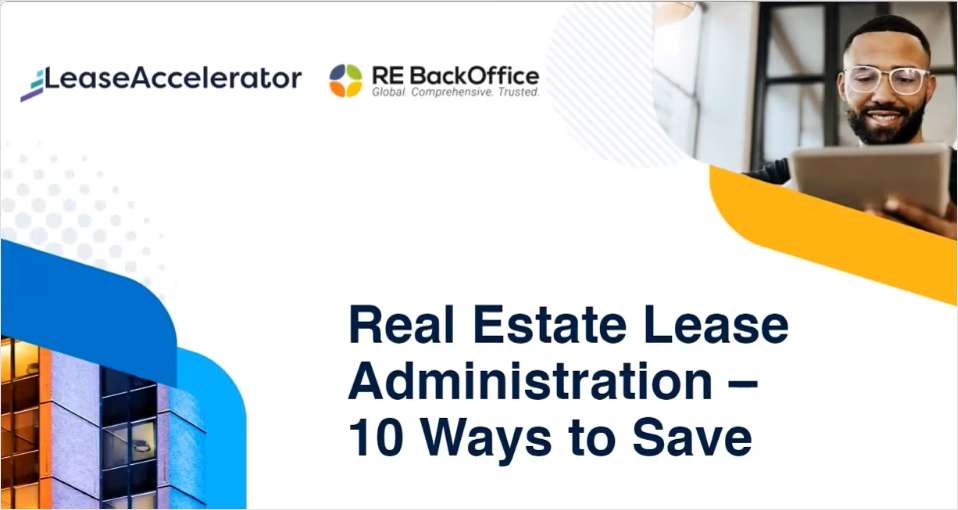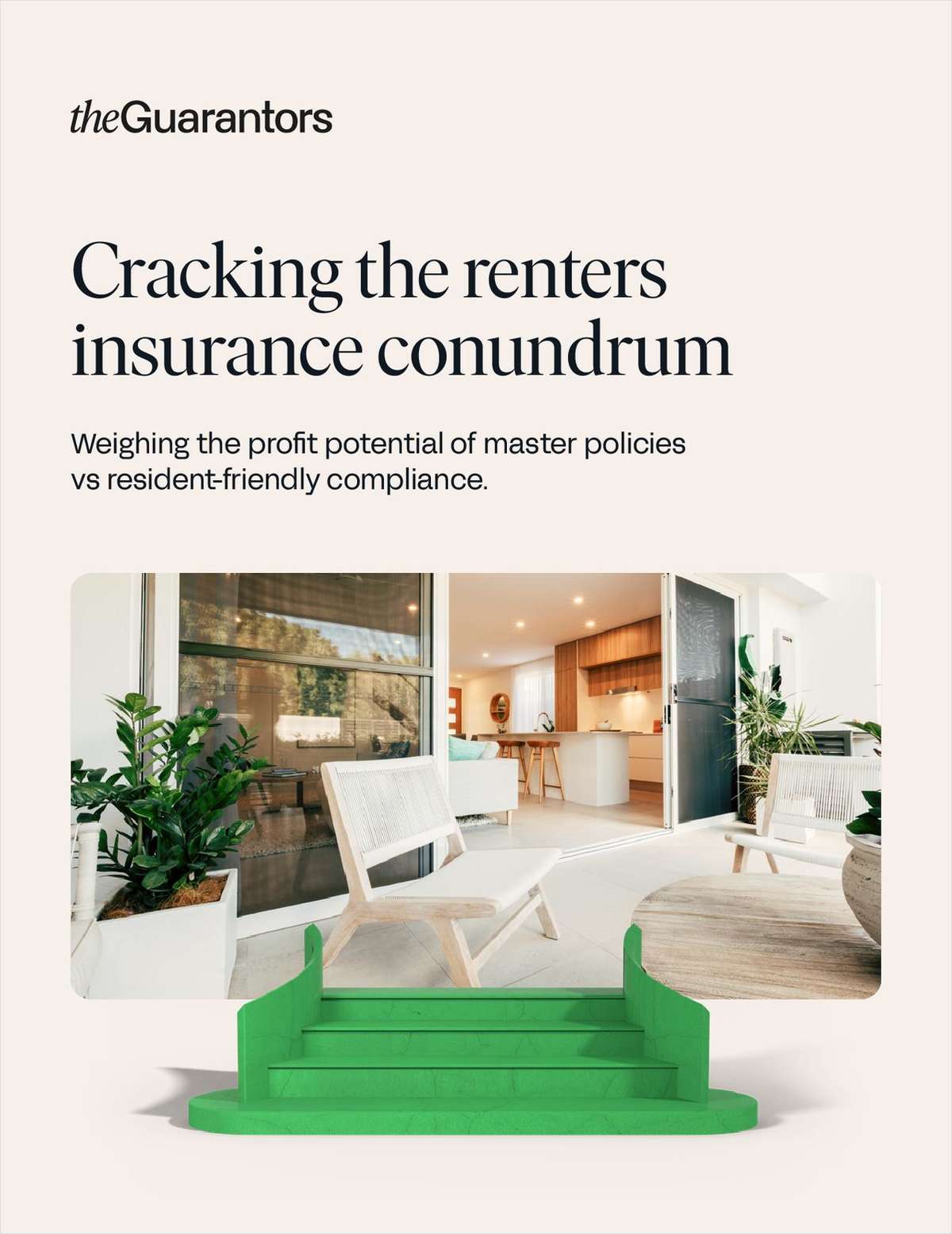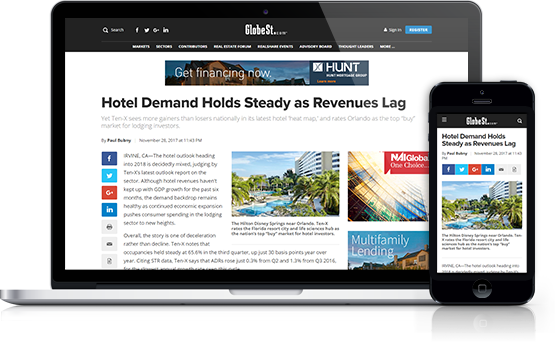The previous lowest May occupancy mark on record is 68.8% in1994. The national average for May was 63%, according to SmithTravel Research of Hendersonville, TN.
That still leaves Orlando inns ahead of the main pack but notgood enough for an area that depends on the daily 5% room tax togenerate an average $110 million a year in funds for generaltourist promotion.
That kitty has been slipping for the first time as well thisyear. March, April and May saw a string of declines, unprecedentedin this area's hotel collection annals. Hoteliers and touristpromoters await the June figures for a turnaround. But that may nothappen, based on the May numbers from Smith Research.
Continue Reading for Free
Register and gain access to:
- Breaking commercial real estate news and analysis, on-site and via our newsletters and custom alerts
- Educational webcasts, white papers, and ebooks from industry thought leaders
- Critical coverage of the property casualty insurance and financial advisory markets on our other ALM sites, PropertyCasualty360 and ThinkAdvisor
*May exclude premium content
Already have an account?
Sign In Now
© 2024 ALM Global, LLC, All Rights Reserved. Request academic re-use from www.copyright.com. All other uses, submit a request to [email protected]. For more information visit Asset & Logo Licensing.







